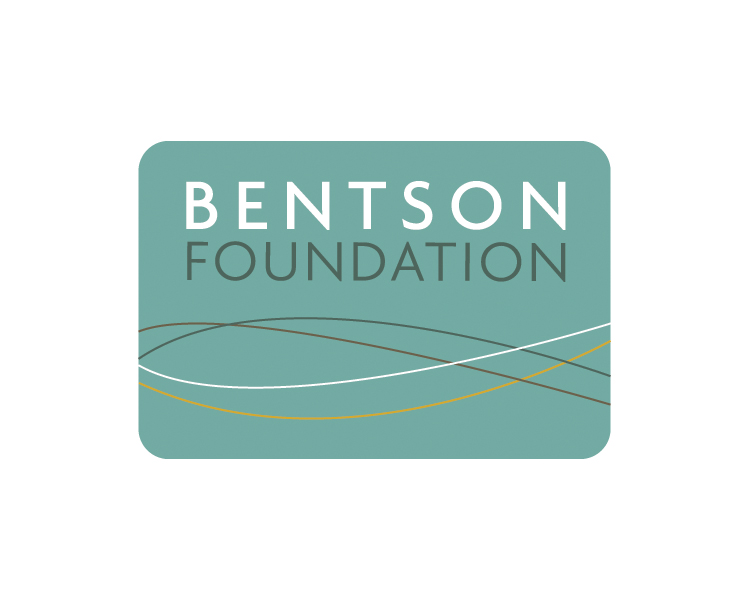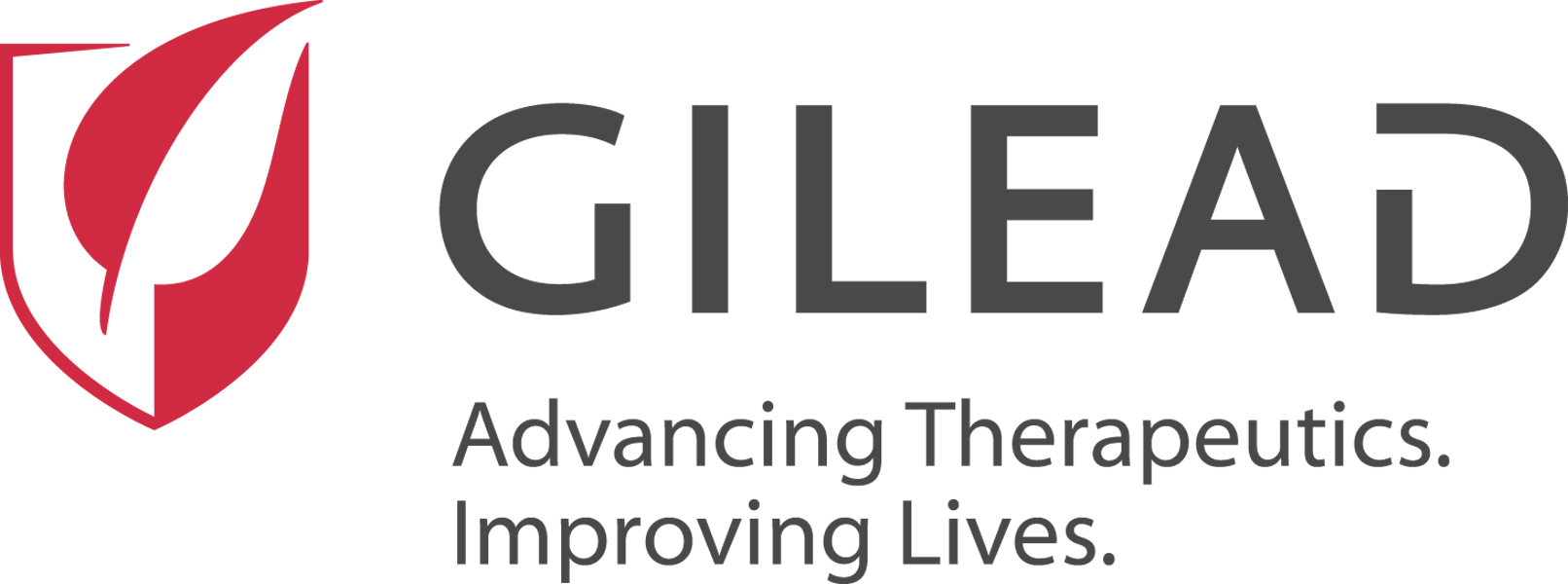Measles clusters expand in New York and New Jersey
The number of cases in New York and New Jersey measles clusters sparked by international travelers continues to grow, according to updates from county and state health departments.
In Brooklyn, where an outbreak is centered in an Orthodox Jewish neighborhood, 42 cases have now been reported since October, NYC Health reported in a recent update. The total reflects an increase of 13 cases since CIDRAP's last update on Nov 28. The initial case-patient was a child who contracted the infection during a visit to Israel, which is experiencing a large outbreak. The report notes cases also include other unvaccinated children who were exposed in Israel.
Elsewhere in New York, Rockland County, in lower Hudson Valley, yesterday reported 91 cases, an increase of 11. The illnesses are clustered in eastern Ramapo, but health officials said the county is small and exposure to measles could occur anywhere in the county.
Orange County, part of the New York City metropolitan area, has now confirmed five cases, two of them involving school children, according to a local media report that cited the county health department. And Erie County, which includes Buffalo, yesterday reported one case in an international traveler who visited multiple locations and may have exposed others.
Two New Jersey counties—Ocean and Passaic—have also reported measles cases. In an update yesterday, Ocean County said 19 cases have been confirmed and 1 more is under investigation. The New Jersey Department of Health (NJDH) said three cases have been confirmed in a Passaic County household and that the patients have a direct epidemiological link to Ocean County's outbreak.
NYC Health measles page
Dec 12 Rockland County update
Dec 12 Times-Herald story
Dec 12 Erie County Department of Health press release
Dec 12 Ocean County Department of Health statement
NJDH measles page
Another MERS case announced in Saudi Arabia
The Saudi Arabian Ministry of Health (MOH) today recorded a second case of MERS-CoV for epidemiologic week 50.
Similar to a case recorded yesterday, the patient is a 45-year-old man who is hospitalized with MERS-CoV (Middle East respiratory syndrome coronavirus). The man is from Sajir, a city in the Riyadh region (yesterday's case was in Najran). The man in Sajir had camel contact, a known risk factor for MERS transmission.
This is the second case the MOH recorded in December; in November, the MOH noted eight MERS cases, including two fatalities.
The new case raises the global total since the virus was first detected in humans in 2012 to 2,277, at least 806 of them fatal.
Dec 13 MOH update
Europe sees small drop in Listeria, Salmonella, Campylobacter cases
Cases of Listeria, Salmonella and Campylobacter all decreased slightly in the European Union last year, but officials from the European Centre for Disease Prevention and Control (ECDC) expressed concern yesterday in their annual report on zoonotic diseases that recent progress against these diseases has plateaued.
Cases of listeriosis declined by only 29 last year, from 2,509 in 2016 to 2,480 in 2017. Over the most recent 5 years, however, cases have jumped from 1,883 in 2013 to 2,480, a 32% increase.
Listeria is also the deadliest pathogen highlighted in the ECDC report, with a case-fatality rate (CFR) of 13.8%. That compares with 0.50% for Shiga toxin–producing Escherichia coli, 0.25% for Salmonella, and 0.04% for Campylobacter. (Of the zoonotic pathogens not related to food that were assessed in the report, West Nile viruses was most deadly, with a CFR of 12.0%, followed by Q fever [1.35%] and brucellosis [0.78%].)
Campylobacteriosis cases were by far the most numerous. They dropped from 246,917 in 2016 to 246,158 in 2017. Salmonellosis cases declined from 94,425 cases in 2016 to 91,662, but the downward trend that began in 2008 has stalled in recent years.
"After years of significant progress in reducing the burden of food-borne illnesses in the EU, especially Salmonella, the situation has now stalled. Increased efforts are needed to push the figures further down," Marta Hugas, PhD, chief scientist with the European Food Safety Authority, said in an ECDC news release.
"The fall in the number of outbreaks is to be welcomed, but we still saw an average of 100 food- and waterborne outbreaks per week in 2017, some of which affected several countries," said Mike Catchpole, MB BS, ECDC's chief scientist. "These infections are a substantial cause of human illness in the EU. The rising trend of listeriosis, which continues to cause deaths in vulnerable groups, needs to be reversed."
Dec 12 ECDC news release
Dec 12 ECDC full report
Merck, Brazil institute announce collaboration on new dengue vaccines
Merck has partnered with Brazilian nonprofit Instituto Butantan to develop new tetravalent (four-strain) dengue vaccines, according to a press release from Merck.
Instituto Butantan's dengue vaccine candidate, TV003, is currently being tested in a phase 3 study in Brazil. The partnership would develop other live attenuated tetravalent vaccines, and ensure that the two parties share information, including clinical data.
"By sharing data from our ongoing vaccine development programs, Instituto Butantan and Merck are better positioned to achieve our goal of reducing the significant human and economic toll of dengue virus in Brazil and around the world," said Dimas Covas, MD, director of Instituto Butantan, in the release. "We look forward to collaborating with Merck, an established global leader in vaccine development."
According to the press release, Instituto Butantan will receive a $26 million up front from Merck and is eligible to receive up to $75 million during the development of vaccines, as well as potential royalties on sales.
In 2016 and 2017, Sanofi Pasteur released the world's first dengue vaccine, Dengvaxia. Though initial results from clinical trials on the vaccine were promising, subsequent trials and real-world applicatoin showed that use of the vaccine could lead to severe dengue in dengue-naive recipients, including children.
Dec 12 Merck press release










